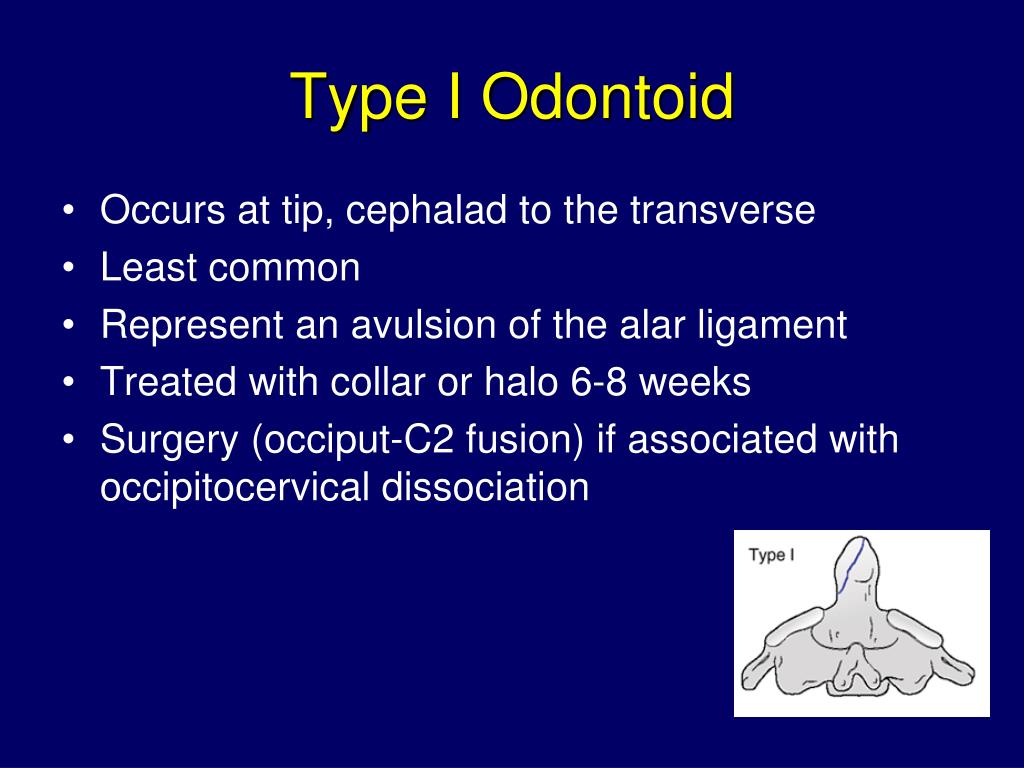

12 Fiedler et al 15 reported a rate of 56.6% of combined C2 fractures in geriatric patients suffering Result of low-energy trauma in older patients due to domestic plunges, as confirmed by the 1, 5, 16 Normally, this injury complex is the 1, 5, 12- 15 The combination of a fracture of theįirst cervical vertebral body and the odontoid process is not uncommon and represents
Combined injuries of the upper cervical spine occur frequentlyĪ total of 6 articles reported epidemiologic data or discussed fracture. Spine osteoarthritis and the incidence of fractures.Įstablish the frequency of combination fractures in patients withĬervical spine injuries and determine predisposing factors. There is a significant relationship between upper cervical. Osteoarthritis predisposes to upper cervical fracturesĪnalysis of fracture types in the elderly and to find The presence of disproportionate atlanto-odontoid. Predisposition of type II odontoid fractures in the elderly Feasible, safe, and minimal invasive procedure technique. Geriatric patients with combination fractures Outcome of anterior percutaneous triple screw fixation in Management of the principles of C2 fracture show satisfactory. Outcome after non-operative and posterior stabilization in High rate of mainly transient postoperative dysphagies. Low to moderate pain levels and promising satisfaction. Outcome of anterior approach using triple or quadruple screwįixation in geriatric patients with combination fractures of C1 and C2 Combination fractures were mainly caused by low-energy. Trauma mechanism and treatment in patients with combination The therapy of C1 fractures was essentially dictated by the. 
Of evidence were defined as described by Bassler and Antes. The 8 remaining original articles, which covered the period from 2000 to 2020, are Patients included, or insufficiently describing the methods, respectively. Of these, 21 articles wereĪdditionally excluded for the following reasons: not focusing specifically on acuteĬombination fractures of the upper cervical spine, no sufficient number of geriatric 6 Altogether, 29 articles underwent complete workup.

Or articles investigated other pathologies, respectively. Reasons: no combination fractures, no geriatric patients included, solely review articles, Most of the excluded studies were excluded because of the following Of these, 408 articles were excluded based Altogether, 438 abstracts were retrieved from the literature search ( Figure 1).







 0 kommentar(er)
0 kommentar(er)
